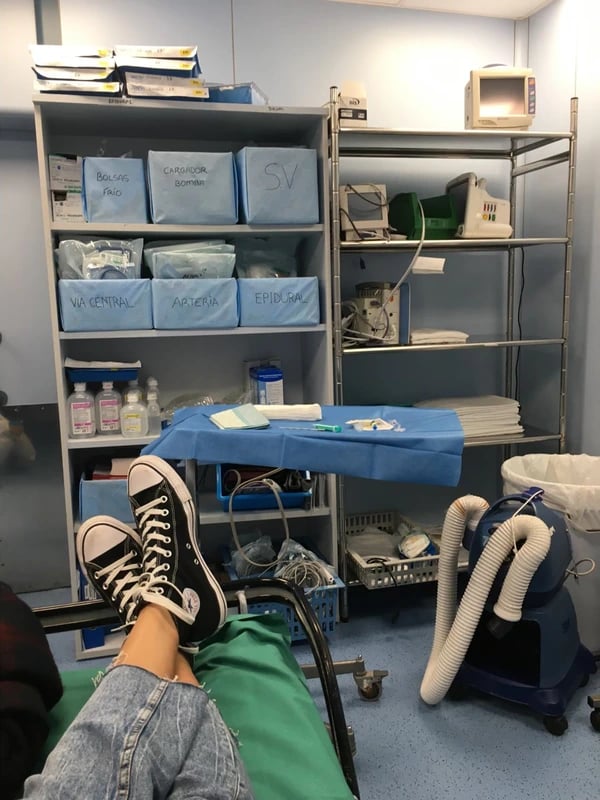Moving & Becoming Together: Reflections On The NYCM
November 21, 2023
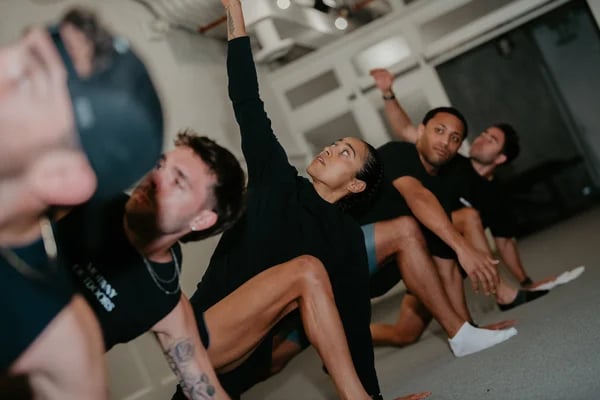 Ida/ Coming Around
Ida/ Coming Around
It all began with an injury, as many unexpected good things do. Toward the end of my basketball career, a herniated disc made a home somewhere between my lower two spinal vertebrae. Sounds painful, and it would have been I’m sure, but cortisone shots took care of that most inconvenient symptom, and so on I went playing basketball and numbing half of what my body would've been feeling under unanaesthetized circumstances. This went on for a few years, until it no longer made sense to me, my well-being, or my mental health. I was tired. Tired of professional sports, tired of sacrificing what I intuited, even then, was the greatest source of joy and personal fulfillment—an unmediated connection to my body. I quit basketball and rested. For three months, I rested. In a limbo under the roof of my parents’ house, I. Just. Rested. What a joy, to be still.
Until it wasn’t... Move.
Move!
That little voice, that beckoning, we all know it—so unabashedly demanding, so primal, so pure.
Okay, then, we're rested.
I began to jog, 20 minutes at a time. I began to enjoy being in my body again, 20 minutes at a time. I was no longer a basketball player, but I was an athlete still. An athlete in transition.
This sport is about something else that basketball is not. Or is it? Long miles, alone, counting squirrels. This is my most vivid memory of training for my first marathon on those flat, endless midwest roads at the heart of Ohio. Long miles, alone, squirrels and woods. But was I really alone? I was never alone. In running, I learned, you make meaning through movement, but what propels that movement is more than just your body and your willpower.
If cadence is rhythm, and rhythm is consistent repetition over time, then both time and consistency become key to the act of running, and you can’t put those to practice all by yourself. Time is made, maximized, slowed down or made efficient or inefficient in response to our mental state, aspirations, and capacities. Consistency is joy’s twin sister—do something you love and you’ll do it consistently. What do I love? Who do I love? How do I cultivate the practice of a life well lived? Long miles, yes, but never alone.
I learned this on the Sahara desert, the land where my ancestors made meaning and found rhythm and didn’t count squirrels but maybe counted passing clouds or herds of camels spotted on the go. Nomads, sons and daughters of the clouds, movement for them meant survival, meant life itself. I was running a marathon in the desert, and I understood then, you never run alone.
That herniated disc had to go—I needed my body back, I needed to make sure I did everything in my power to extend this running thing for as many years into the future as God would grant me. Two days at a hospital. Three months recovery. I’ll do it.
Alone?
An inner compass that was keyed into a principle of embodied joy, health, and that primal call in the athletic impulse led me to other people, in another land, for whom there is no ontological difference between life and movement. The first thing I learned at MOTIV was a strange 90/90 exercise that made me feel like a drunken praying mantis. The second thing I learned was that, as my hips and my spinal cord are intimately connected, so is the rest of my body with the rest of my body. Huh. It made a little sense, maybe, but my running hadn’t been the same since surgery, recovery was proving more difficult than I thought, and I was more skeptical than I was hopeful. I’ll keep listening, I guess, I’ll keep coming back to the studio. At the very least, these people run beautifully, for many miles, I thought, and that’s all I wanted and all I hoped—in the best of cases—that I would get from MOTIV. Maybe something will rub off, I thought.
And then... then came a sheet, “runners’ notes” they titled it, providing instructions for how to take the train upstate, what to pack, how to prepare for a trail run that MOTIV was hosting in Cold Spring, upstate NY. Mountains in NY? A group of people to explore them with? Is this real?
Two years later, I’m still pinching myself.
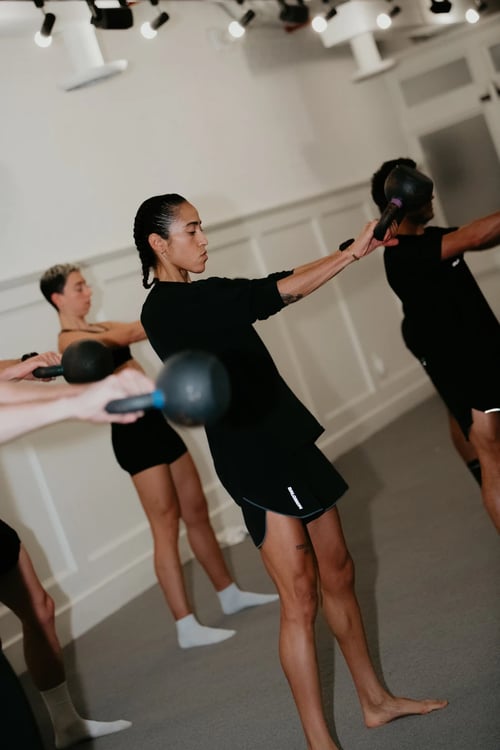 We like to say that MOTIV is for the sport of life, that it’s more than running and it’s more than physical therapy and more than strength and conditioning. All of that is true but falls short of defining what MOTIV really is, and the reason for that is as simple as realizing that MOTIV, like movement itself, is not a place but a becoming, something you cannot pin down or grasp easily because its meaning unfolds as its members grow, individually and as a result of the relationships forged in a shared space of growth. We train hard, we run beautiful and for many miles, we get injured and heal together and most astonishing of all is none of this lived on a spreadsheet before it happened—it wasn’t planned, it sprouted because the right conditions had been set up. In my experience, MOTIV is an experience of ceaseless becoming, fostered by a group of people who understand that growth is something to be done together through care and intention.
We like to say that MOTIV is for the sport of life, that it’s more than running and it’s more than physical therapy and more than strength and conditioning. All of that is true but falls short of defining what MOTIV really is, and the reason for that is as simple as realizing that MOTIV, like movement itself, is not a place but a becoming, something you cannot pin down or grasp easily because its meaning unfolds as its members grow, individually and as a result of the relationships forged in a shared space of growth. We train hard, we run beautiful and for many miles, we get injured and heal together and most astonishing of all is none of this lived on a spreadsheet before it happened—it wasn’t planned, it sprouted because the right conditions had been set up. In my experience, MOTIV is an experience of ceaseless becoming, fostered by a group of people who understand that growth is something to be done together through care and intention.
It's 20 days till NYC Marathon, my second marathon race and my first road marathon race ever. It is overwhelming, this unshakable conviction that those 26.2 miles will be some of the most joyful of my life. Where does it come from, this confidence? I can’t tell you, because it doesn’t feel like it belongs to me. Sure, it is going to be my legs running the five boroughs, come race day, but it is as clear as ever to me that what will carry me to the finish line is not my legs alone, but this rhythm that we all participate in, this consistency over time that, for me, has the stamp of MOTIV on it. I’m running with my ancestors, I’m running with my community. This day will be a celebration of all of us.
Vuelta/ Back Around
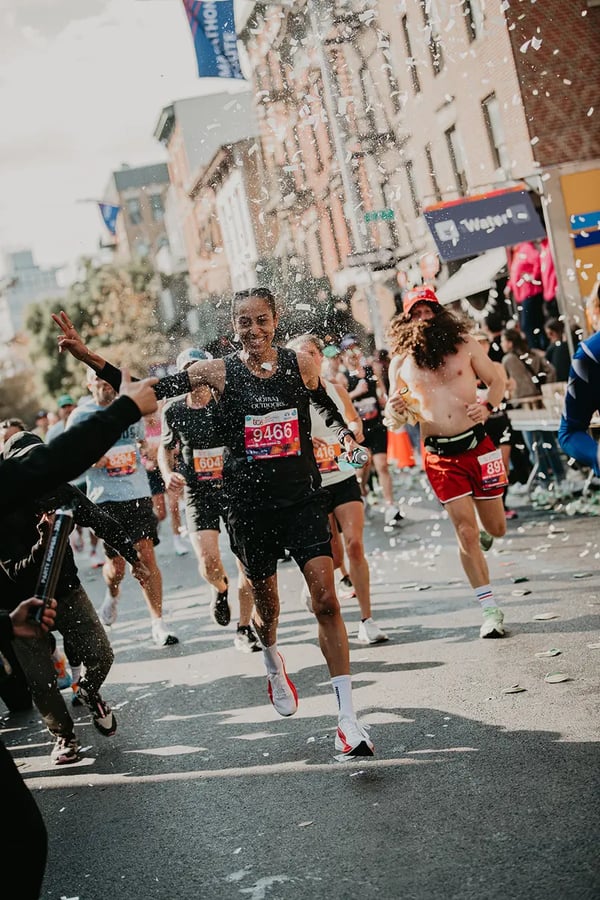
In another, wiser version of my race recap, I'd be content with simply bearing witness to the unfolding of this multilayered experience, simply allowing its meaning to metabolize into my flesh and bone instead of franctically trying to capture it. I wish I were capable of that kind of unattached, intransitive satisfaction. But in the morning after, as my mind relives moment after moment, as my muscles simmer and throb, reminding me of where we’ve been, as my group chats and socials continue to echo the drums of that magic day, I can’t help but to ask: really, what just happened?
I went into this race with a long list of unknowns, and with them, an eager curiosity to find out what would happen—a curiosity equal parts respect, fear, and anticipation. Some things I know now that I didn’t know before: yes, it is possible to not use a bathroom at all during a marathon; no, you are not too cool to pass on that banana; yes, it gets eerily, piercingly quiet on the Queensborough bridge; and no, splits aren’t as important as hugs from friends, if you are lucky enough to get them. But these 26.2 miles? This distance some Greek guy ran once that hundreds of years later we’re cultishly obsessed with replicating? They remain a mystery to me, even on this side of the experience. Just what is a marathon, really? And how does one get to “know” what happens in it?
There are two ways of knowing things: conceptually or experientially, textually or at the level of embodiment. When one fails, I reach for the other, in no particular order.
That the journey to the finish line is magical and transformative, that it encapsulates a whole life’s worth of experiences—that it is, in short, the reason making all our sacrifices and efforts worthwhile, that is undeniable. And while we all know that a marathon is all about the journey, today, in the wake of the marathon, I’m intrigued by this sense that the opposite may also true: the point of the marathon is the end of the marathon—finishing or not, goal accomplished or not, doesn’t matter: anybody who’s set out to run a marathon has inadvertently become the author of a fragment in time: a bracket in the unfolding of what is meaningful and true and worth doing. The decision to run a marathon is easy because it merely opens the bracket. The journey is hard work, sure, but mentally we are ready to undertake it—we expected the hardships, after all, as much as they challenge us when they come. But what about the end bracket?
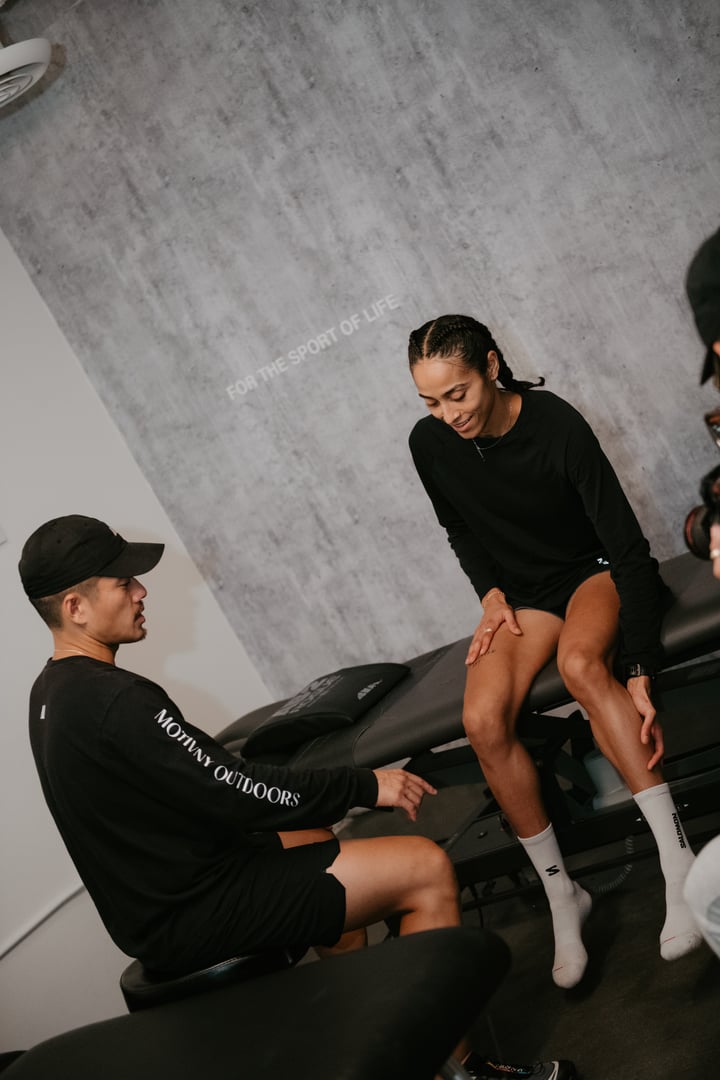
Generally, we don’t like to think of endings, even the ending of such a painful experience as an endurance event. We like beginnings and cherish the little moments we encounter along our manifold paths. A marathon is the end and the beginning of many things for many people. And I get it—lessons learned, new goals, more horizons to reach, motivation to do better, or do more, or simply to do it again. For me, crossing the finish line arch was an end first, and, a beginning? Maybe. What I know is that completing the course brought with it a sense of cyclical resoluteness. It took me a second to admit it: the immediacy of the melancholia of this marathon coming to an end took me by surprise. But an ending, precisely because it brings closure, opens us up to a new kind of truth we had no other way of approximating. I am comforted by the fact that, less than one full day after the race, I still don’t know what it is that ended when I crossed the finish, or what had begun when I took my first step toward the start, and I probably will not know for a long time. I am comforted thinking that, as I come face to face with the fragility of my body, the awe-inspiring unlikelihood of this running life, it becomes easier and easier to embrace the fact that this kind of sense-making is not for me to conquer, it’s a new way of relating to what will always remain opaque and unknowable.
As the rush comes down, I begin to hear an invitation to simply make room for this experience as its meaning unravels, and slowly, I try to be content with this cloak of opaqueness that stands between me and understanding why something so magical could be part of my life. Just how did
it come to be that in the course of half a day, my most beloved friends, the throbbing heart of this magical city, the best of road running, and the miracle of a healthy and functioning body merged in the form of what was one of the best days I have ever lived as a runner?
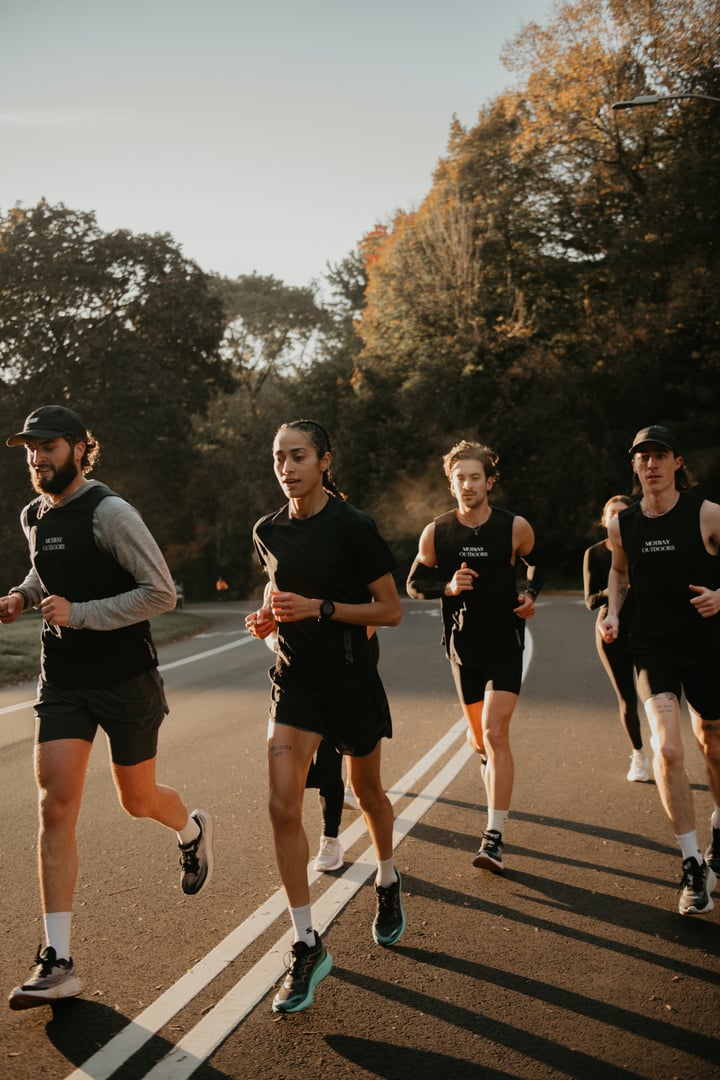
So many small miracles had to happen for this day to proceed as beautifully as it did. But these were not impersonal, conceptual miracles, they were fleshy miracles: they came from the people that cared about this marathon and devoted themselves to it: many people who care about me and care about MOTIV and care about the city of New York and its communities, many people who came together around this day and seized the opportunity to create, and strengthen, a constellation of care that uplifted us all, made all of us better by virtue of each other’s devotion. And then again—it was a miracle, and we’re all living in it. How? I have learned not to get caught up in the question, not to ask too much, to just say—alhamdulillah. To just be grateful.
The meaning of this running experience extends into eternity as the impossibility of comprehension sips into our bones, metabolizes into a wordless fragment of meaning. “You are the music, while the music lasts,” said T.S. Eliot—We are the marathon, while we can hold reverence for the unknowability of its magic.
